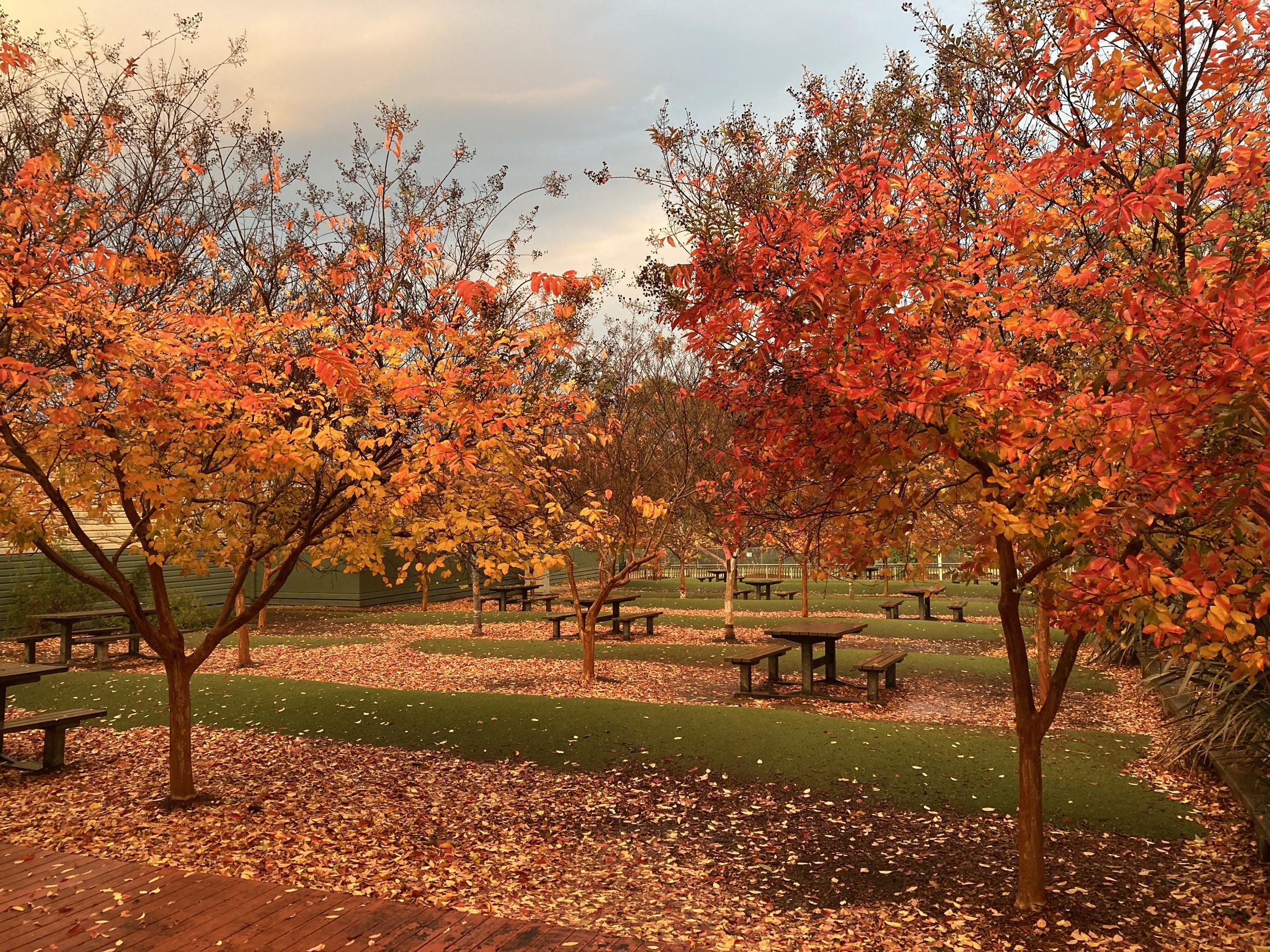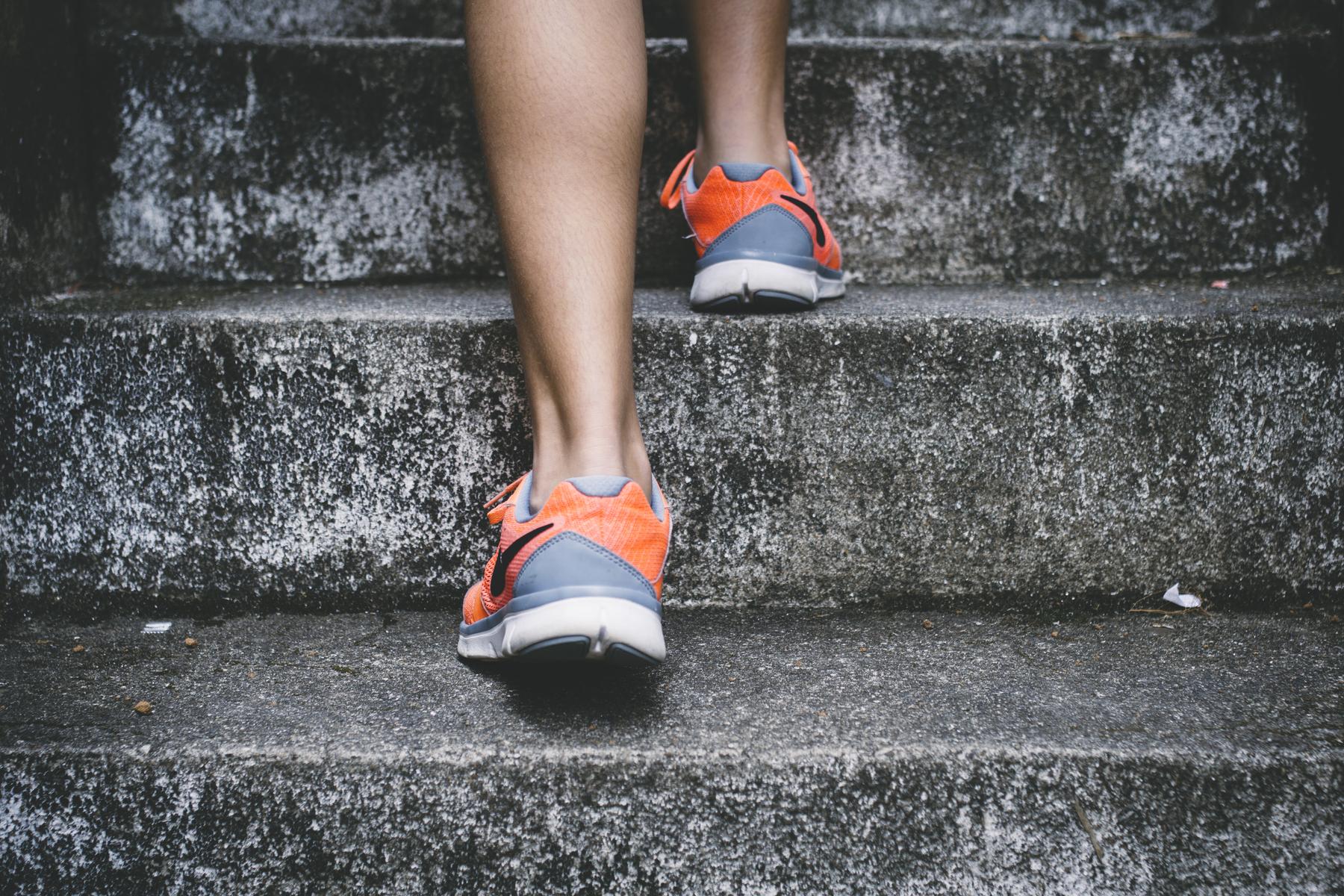Student Wellbeing

Greenhills Wellbeing Focus: Move to Regulate - Harnessing energy to reset the body and mind
Over the past few weeks, we’ve shared a range of mindfulness and sensory strategies that help students manage big emotions and return to a calm, focused state. We’ve explored breathing techniques, tuning into the senses, and grounding with fidget tools or cold sensations.
In this final part of our series, we turn our focus to something many children instinctively do when they’re overwhelmed: move. Big feelings often come with big energy. Rather than trying to suppress that energy, we can help students release it in healthy, purposeful ways. Short bursts of physical activity can be just the circuit breaker a child needs to feel reconnected and ready to engage again.
Here are some of the high energy strategies we use at Greenhills to support emotional regulation and how you can use them at home too:
30 Seconds of Intense Exercise
A quick burst of exercise, like star jumps, high knees, or running on the spot, activates the body and helps shift it out of “fight or flight” mode. Just 30 seconds of focused movement can help a child feel more in control of their body and emotions. It’s simple, effective, and can be done almost anywhere.
Whack a Balloon
Keep a balloon in the air by batting it with your hands, elbows, or knees. This light hearted game is great for releasing tension, practising coordination, and encouraging laughter, which is a natural mood booster. Plus, it’s a fun way to reset after a challenging moment or transition.
Shoot Hoops or Toss into a Target
Throwing a ball into a hoop or bucket can be surprisingly regulating. The repetitive movement, focus, and sense of accomplishment help calm racing thoughts. Whether it’s basketball, beanbags into a basket, or socks into a box, this activity supports both body and mind.
These strategies are great for children who need to "move through" emotions before they can settle. They’re also a helpful part of a daily routine to support focus and emotional balance before tasks that require sustained attention. As with all our regulation tools, these strategies work best when students practise them during calm moments, so they feel confident using them when big emotions arise.
We’re proud of the way our students are learning to notice their emotions and choose tools that help them reset. Thank you for partnering with us throughout this wellbeing series. When home and school work together, we give children the strongest foundation to thrive, emotionally, socially, and academically.
Janine and Brad.
Janine Hough
janine.hough@education.vic.gov.au
Brad Ryan
bradley.ryan@education.vic.gov.au



